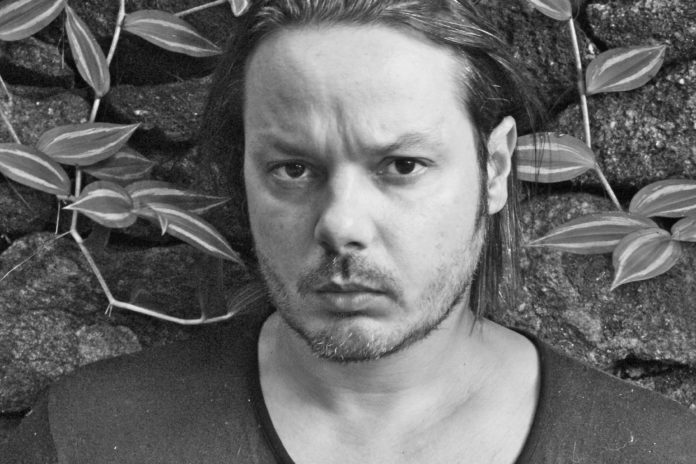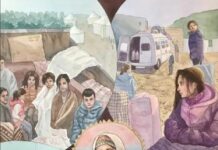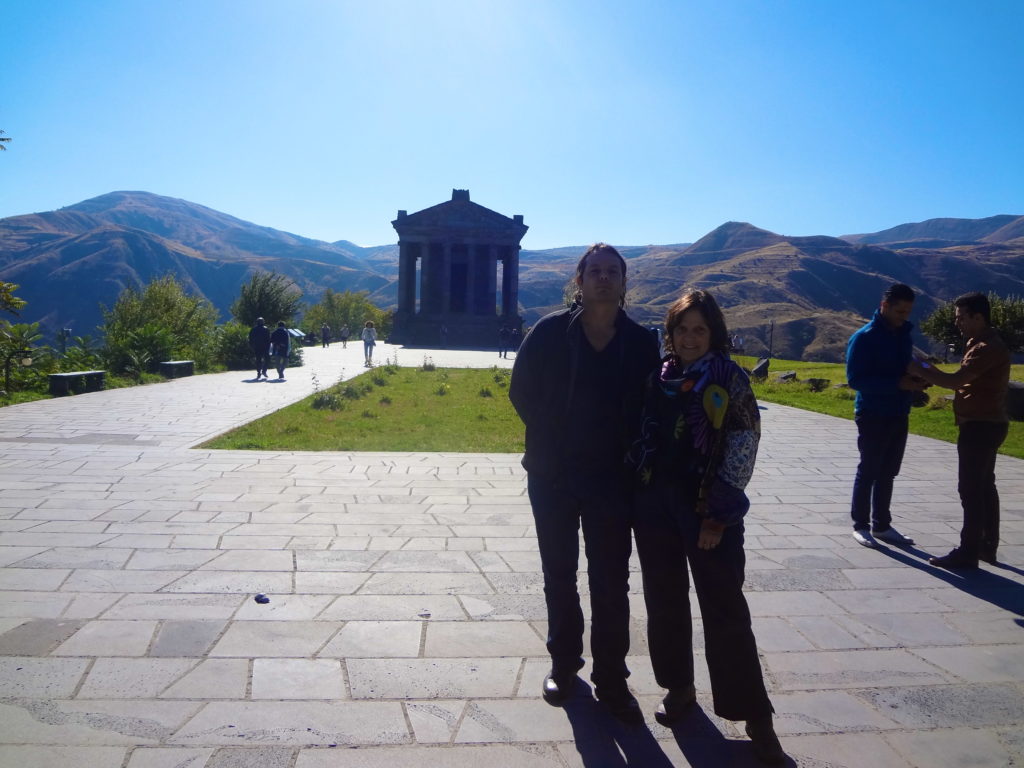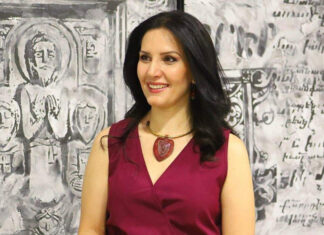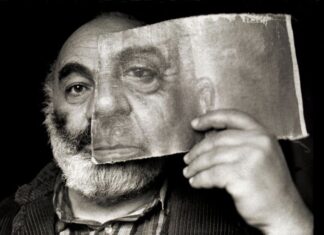By Artsvi Bakhchinyan
Special to the Mirror-Spectator
YEREVAN/SÃO PAULO – Forty-one-year-old Santiago Nazarian was born in São Paulo, in the family of plastic artist Guilherme de Faria and writer and translator Elisa Nazarian. He studied literature and graduated in Social Communications at the Fundacao Armando Alvares Penteado (FAAP) in São Paulo. He worked as a bookstore salesman, advertising (and dial-up sex) writer and English teacher. Nazarian practiced body art and traveled a lot. He soon achieved prominence as a writer.
In 2007, Nazarian was selected by the International Book Fair in Bogota as one of the 39-highest-profile Latin American writers under the age of 39. In 2010, the influential Brazilian newspaper Globo named him among the 8 most interesting domestic debutants in the literature of the last decade. His books include Olívio (2003), Nameless Death (Planeta, Brazil 2004), Holiday of Me (2005), Chewing Humans (2006), The Building, Boredom and the Blind Boy (2009), Pornofantasma (2011), Biophobia (2014), Dark Snow (2017), and Dead Dragon’s Party (2019). Nazarian received literary prizes and his works have been translated into Spanish, Italian, English, German and Serbian. He is also a translator and does scripts for television.
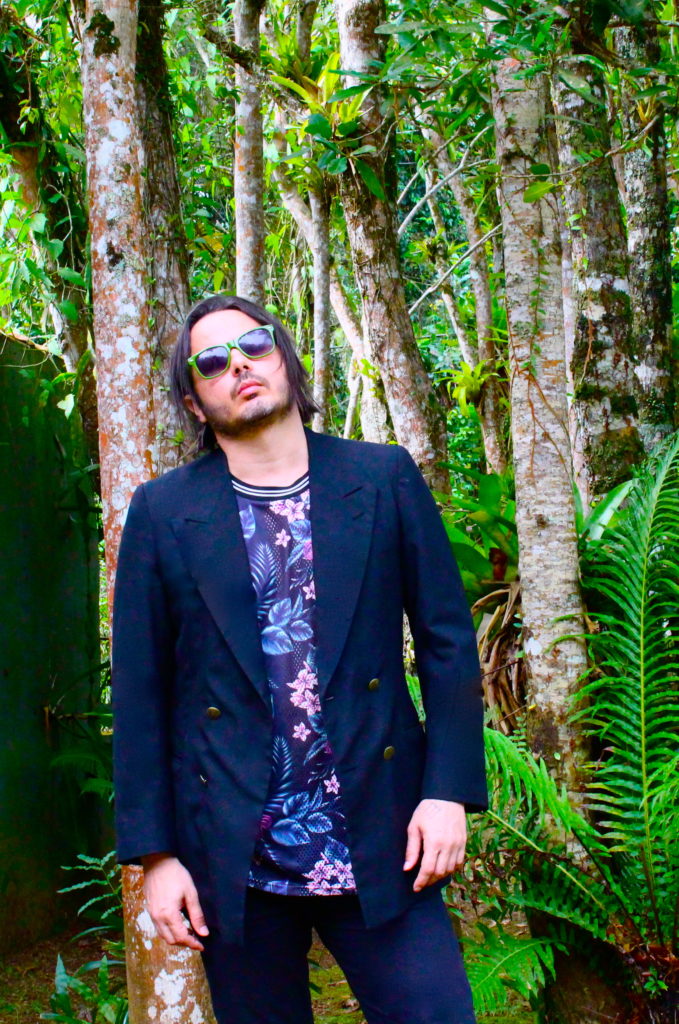
What concerns Santiago Nazarian the writer? Your literature is classified as “bizarre existentialism,” in which you mix classic references of existentialist literature with pop culture, trash and horror. Could you please explain this style?
Although my writings are deeply rooted in Goth, Romanticism and Surrealism, I also have this huge influence of pop culture, of course, including videogames, pop music and horror. I guess it is pretty common for anyone who was born at the end of last century, but many writers, especially in Brazil, try to deny that influence; their books are always influenced by Sartre, not by Teenage Mutant Ninja Turtles. So, as a (once) young writer, I tried to incorporate those new aesthetics into my literature.



